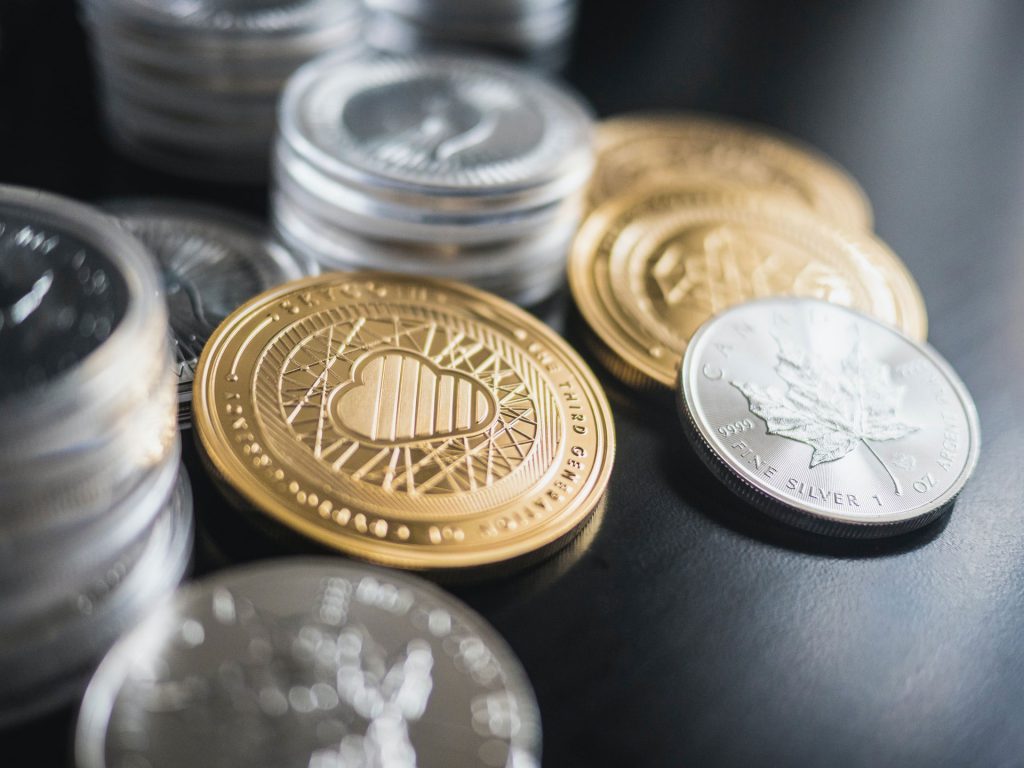When trading Bitcoin or any other cryptocurrency, one factor that often catches new investors by surprise is transaction fees. These small but important costs can significantly impact your overall trading profits, especially if you make frequent transactions. Understanding how these fees work — and how to manage them — is essential for anyone who wants to trade efficiently and cost-effectively in the crypto market.
1. What Are Cryptocurrency Transaction Fees?
Every time you send, receive, or trade Bitcoin, a small fee is paid to process and confirm the transaction. These are known as transaction fees, and they serve two main purposes:
- To reward miners or validators for maintaining the blockchain network.
- To ensure that your transaction is prioritized and confirmed promptly.
In Bitcoin’s case, miners use powerful computers to verify transactions and add them to the blockchain. The higher the fee you include, the faster your transaction is likely to be processed, as miners prioritize transactions with greater rewards.
2. Why Bitcoin Fees Fluctuate
Bitcoin fees are not fixed — they vary depending on several factors, including:
- Network congestion: When the Bitcoin network is busy, there’s more competition for block space, which increases fees.
- Transaction size: The larger your transaction data (in bytes), the more you’ll pay, regardless of the amount of Bitcoin sent.
- Speed preference: Users who want faster confirmations usually set higher fees to get priority.
For example, during peak trading periods or high market volatility, fees can spike as more users rush to complete transactions at the same time.
3. Fees on Cryptocurrency Exchanges
If you’re trading Bitcoin on an exchange, you’ll also encounter platform-specific fees. These include:
- Trading fees: A percentage charged for each buy or sell order.
- Withdrawal fees: A flat rate or variable fee for transferring Bitcoin from the exchange to your personal wallet.
- Deposit fees (less common): Some exchanges charge fees for funding accounts with certain payment methods.
Always review the fee structure of your exchange before trading. Platforms like Binance, Kraken, and Coinbase provide transparent breakdowns of their trading and withdrawal fees. Comparing these can help you find the best value for your trading style.
4. How to Reduce Your Transaction Costs
There are several strategies to minimize fees and keep your profits higher:
- Trade during off-peak hours when network congestion is lower.
- Use exchanges with tiered fee systems that reward higher trading volumes.
- Batch multiple transactions into one, when possible.
- Use layer-2 solutions like the Bitcoin Lightning Network, which enables faster and cheaper payments.
- Monitor network conditions using sites like mempool.space to check current fee rates before sending transactions.

Final Thoughts
Transaction fees are an unavoidable part of Bitcoin trading, but understanding how they work can save you money and frustration. By learning when and how to trade, monitoring network conditions, and selecting the right exchange, you can keep fees low while ensuring fast, reliable transactions.
In the fast-moving world of cryptocurrency, every fraction of a Bitcoin counts — and smart traders know that managing fees is just as important as predicting prices.